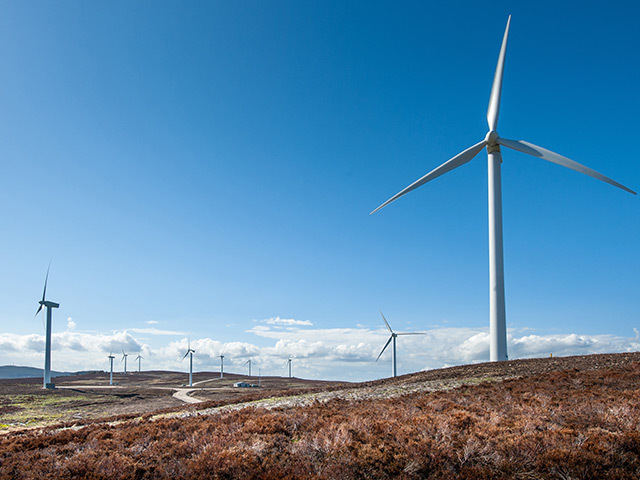
Recent policy announcements withdrawing support for renewable energy have seen the attractiveness of the UK’s renewables market as an investment destination plummet, according to EY’s Renewable Energy Country Attractiveness Index (RECAI).
The UK has for the first time lost its top 10 spot in EY’s league table of the 40 most attractive renewable energy markets for investors, slipping to 11th place.
This year alone, 23 large-scale projects representing around 2.7GW of energy have been publicly abandoned, putting a question mark over the long-term future for the UK’s renewable sector. The report also points to the inconsistencies of the latest policy revisions as contributing to the UK’s dramatic fall.
The Government’s latest policy revisions are expected to have a significant impact on onshore wind investment, according to the report.
Its publication follows a Westminster committee hearing
that renewable energy firms are at risk of “shutting up shop altogether” as a result of the early withdrawal of government subsidies.
A combination of the early expiry of support for projects under the Renewables Obligation (RO) and the unexpected loss of revenues from levy exemption certificates are likely to impact both existing and future projects.
As a recent EY survey carried out on behalf of Scottish Renewables showed, the early withdrawal of RO support is already hitting investor confidence and the willingness to lend to onshore wind farm developers, jeopardising the sector’s competitiveness.
Ben Warren, Energy Corporate Finance Leader at EY said: “Few in the renewables sector would disagree that falling costs mean many renewables projects, particularly onshore wind and solar PV, will be cost-competitive and subsidy-free within the next three to five years.
“However, by prematurely withdrawing support, the Government risks stalling or killing projects that would otherwise maintain the momentum to get the market to that critical point.”
“Investors are currently trying to make sense of what seems to be policy-making in a vacuum, lacking any rationale or clear intent.
“Worryingly, this trend of inconsistent policy tinkering could also sour investor confidence in other areas, such as new nuclear, carbon capture and storage (CCS) and shale gas, as well as offshore wind.”
Warren continues: “The UK renewables sector is at a crossroads. It can continue to fight this policy tinkering, or see this as an opportunity to throw off the shackles of policy dependency and establish itself at the forefront of unsubsidised renewables in Europe. The latter won’t be easy, but it may well be worth taking the risk.”
Policy shifts around the world have prompted a major shuffle of the RECAI, with the US replacing China at the top of the list after losing the position a year ago, the new report reveals.
President Barack Obama’s much-awaited Clean Power Plan (CPP) in the US sends a strong message of accountability at the state-level for the shift to a low-carbon economy and is expected to galvanize a significant increase in renewable energy investment over the next 15 years.
Warren says: “The CPP is the most comprehensive, far-reaching and flexible emissions legislation in the US to date and gives a clear steer on the country’s long-term energy strategy. Targets alone will not construct new projects, but long-term visibility increases investor confidence that demand is there, and maintains momentum as we hurtle towards universal grid parity for renewables.”
India’s economic, political and energy market reforms, as well as ongoing significant foreign investment, moved the country into third position ahead of Germany, where a new auction regime is not expected to accelerate the pace of deployment in the coming years.
Latin America’s hottest markets have, meanwhile, cemented their position in the RECAI top 10. Government proactivity in addressing key challenges, such as low tariffs, and an increasing focus on its untapped solar market moved Brazil into eighth place, with Chile coming in ninth.
Recommended for you
